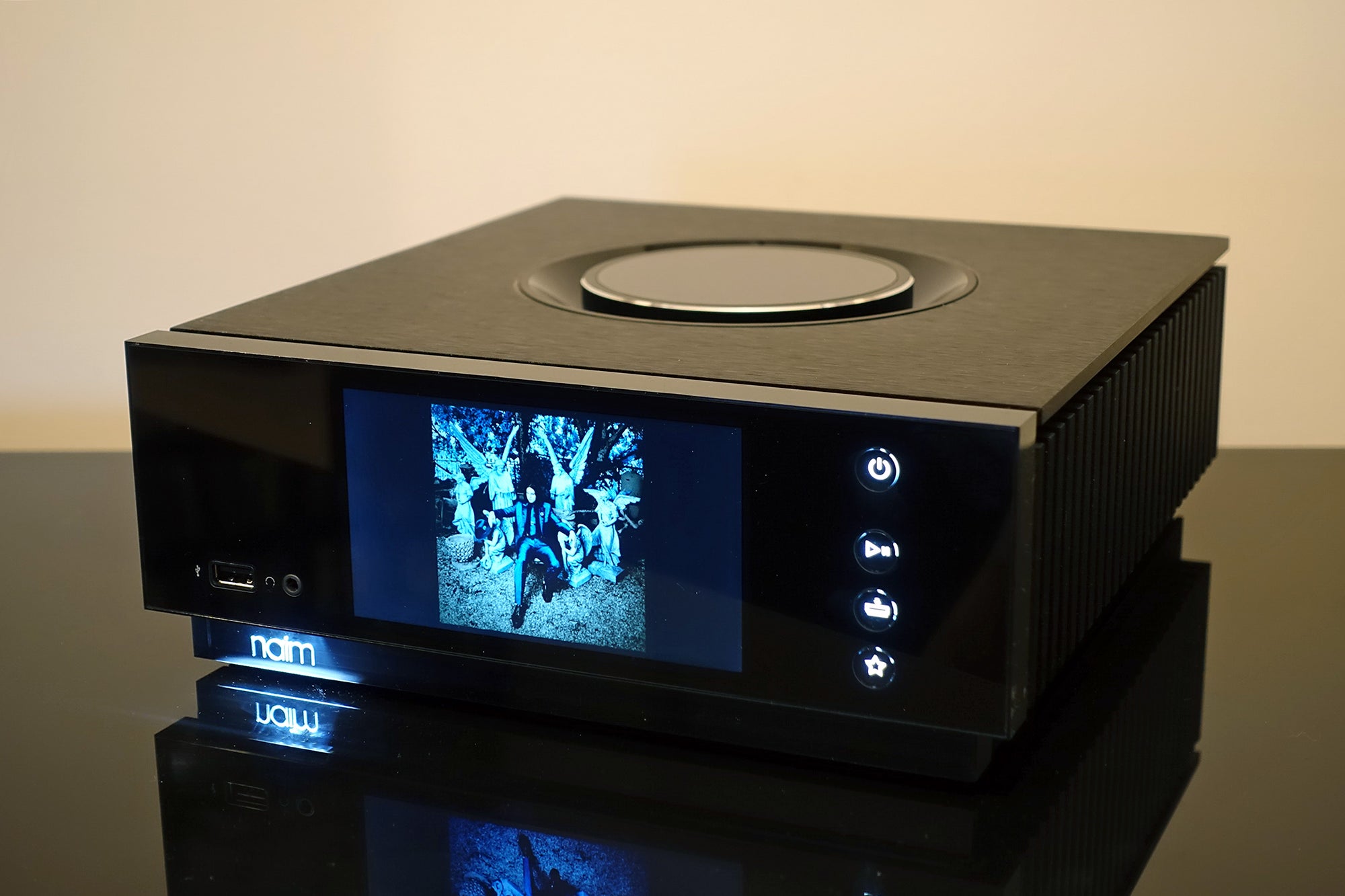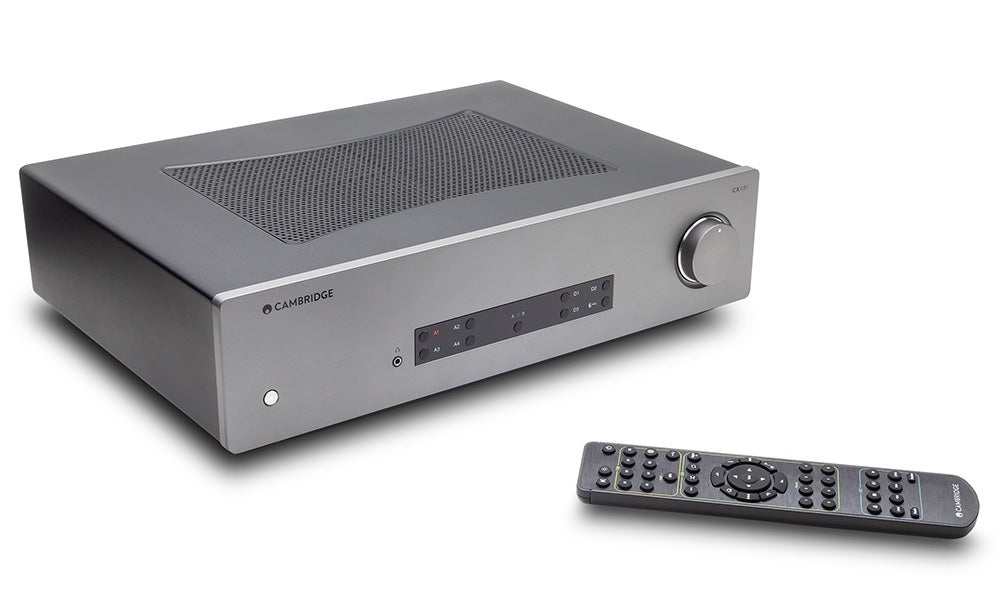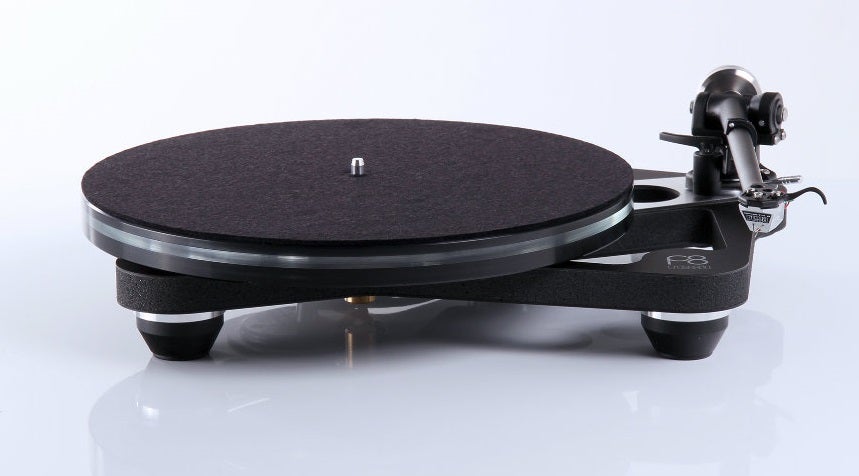Cyrus i9-XR Review
Small isn’t automatically beautiful, but sometimes small sounds great
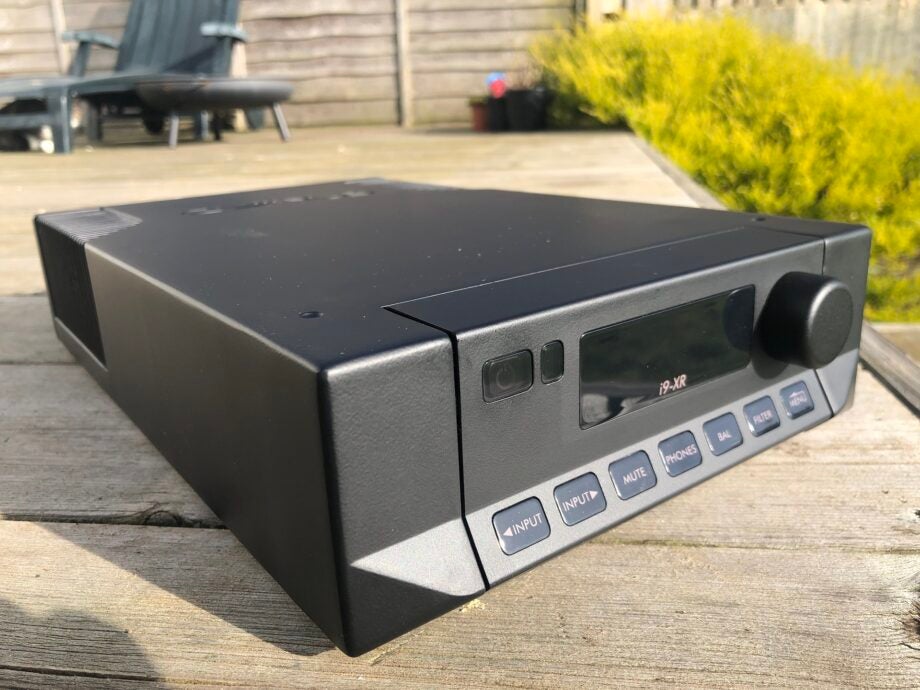

Verdict
Hardly the last word in ergonomics or operability – but if it’s sonic fidelity, excitement and entertainment you came for, well, the Cyrus i9-XR is the amplifier for you.
Pros
- Brilliantly faithful, engaging and convincing sound
- Great specification and lots of input options
- Not as far off the ergonomic pace as previous Cyrus efforts…
Cons
- …although hardly an ergonomic paradigm
- Whippet-lean sonic attitude won’t impress everyone
- Not the last word in perceived value
Key Features
- XR digital performance2nd generation version of award-winning QXR DAC
- PSU-XR portIncludes a port for the new PSU-XR power supply
Introduction
To readers of a certain age, ‘XR’ will invoke nothing more on the memory front than some vulgar, but unarguably fast, Ford cars from yesteryear.
But it was around the time Ford was bolting big spoilers to family hatchbacks and calling them ‘XR’ that Cyrus released its first integrated stereo amplifier – the ‘One’. And just as Ford has evolved and developed since then, so has Cyrus. It’s just that it’s evolved into ‘XR’ rather than out of it.
At first glance, the i9-XR integrated amplifier may look just like every other piece of electronics Cyrus has delivered in the past four decades or so. But both on the inside and outside of that half-width casework, there have been developments, changes and upgrades. Which is probably just as well, because close to £3000 for an amplifier requires some justification.
Is the i9-XR money well spent? Or is it (whisper it) all spoiler and go-faster stripes?
Availability
- UKRRP: £2995
- USARRP: $4495
- AustraliaRRP: AU$5499
The Cyrus i9-XR is on sale now, and in the United Kingdom it’s priced at a not-inconsiderable £2995. In the US this translates to a hefty $4495, while in Australia you’re looking at AU$5499.
There are no two ways about it, this is serious money – and it indicates a willingness on the owner’s part to spend big on speakers and source components, too. Not only that, but it brings the Cyrus into competition with some very serious alternatives – the Moon 240i, the Naim Nait XS 3 and the Rega Aethos all spring to mind. They may not all be as thoroughly specified as the Cyrus, but where performance is concerned, they need no excuses made for them – so Cyrus has its work cut out.
Design
- Trademark Cyrus dimensions
- ‘Phantom’ black finish
- Adjustable display
It’s safe to say that no piece of Cyrus equipment ever sold primarily on the basis of its design. Yes, that half-width casework is both distinctive and practical – the i9-XR measures just 75 x 215 x 365mm (HWD), which means you can get two side-by-side on a standard equipment-rack shelf. But in terms of luxuriousness or even perceived value, there isn’t much here to betray the fact you’re £3000 worse off than you were.
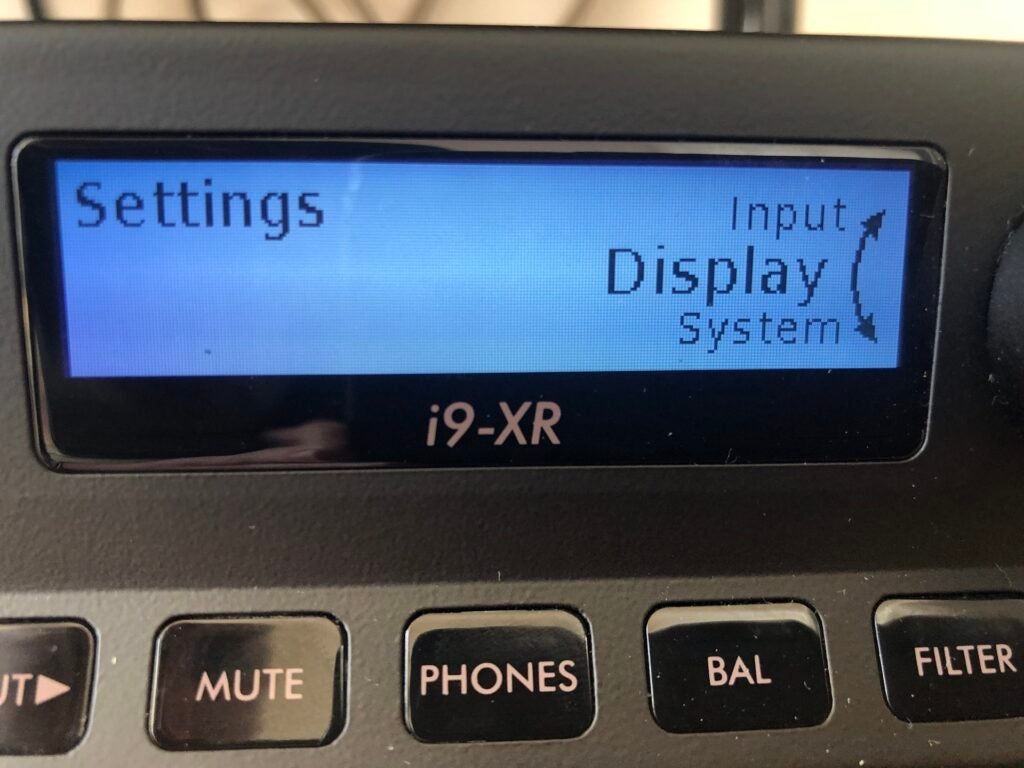
It’s not fair to suggest Cyrus hasn’t made an effort, though. Its entire six-strong range of XR products features a new ‘phantom’ black finish (which simply looks black to my untrained eye), and has been treated to a new, higher-resolution monochrome display. It’s adjustable for brightness, contrast and polarity, and is an unarguable step up from previous Cyrus efforts.
Features
- Great selection of input options
- Will drive two pairs of speakers
- 2nd generation QXR digital-to-analogue convertor
It appears that Cyrus has squeezed everything you could reasonably expect from an integrated stereo amplifier into a box that hardly seems big enough.
Ninety-odd watts of power per channel, along with the ability to drive a couple of pairs of speakers, is a great start. Four line-level inputs and a moving-magnet phono stage for a turntable, plus five digital inputs (two optical, two coaxial and a USB-B socket) ought to be plenty for even the most source-heavy system.
Connections for the company’s PSX-XR power supply, MC-Bus connections so other Cyrus components can share a common remote control, analogue outputs to a recording device and to a power amp, are all worthwhile features too.
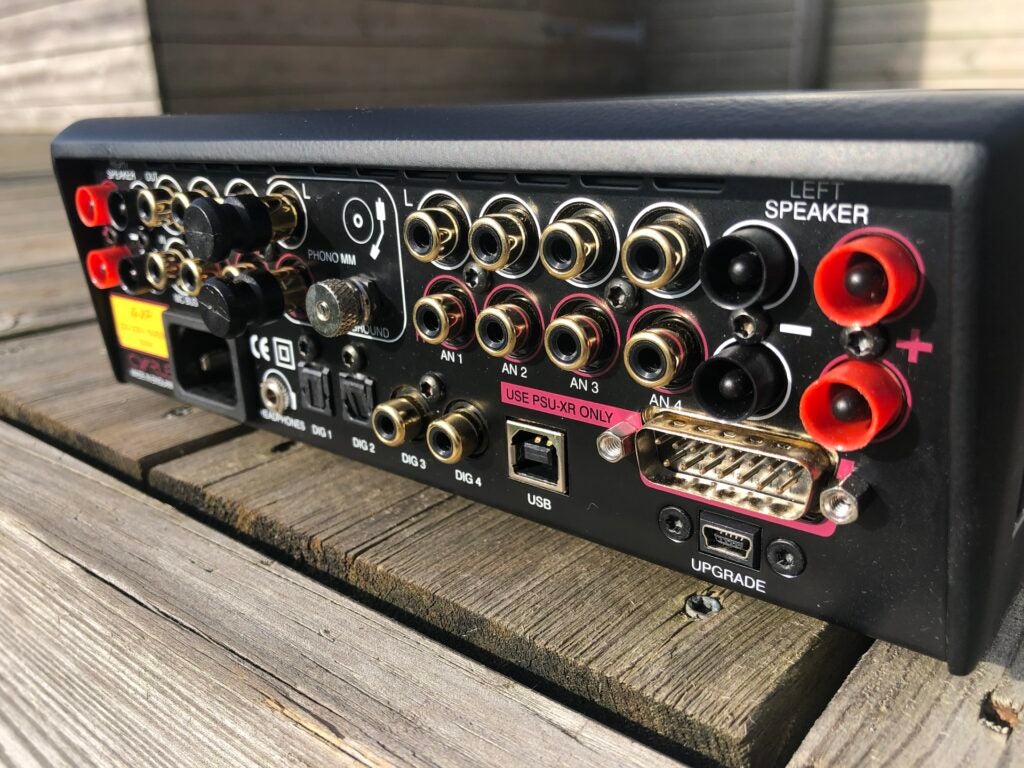
Those five digital inputs lead to a second-generation version of the acclaimed QXR DAC. The USB-B (hands up those who thought they were only ever fitted to printers) is capable of up to a giddy 32bit/384kHz and DSD512 resolutions, while the four more common alternatives are good up to a very handy 24bit/192kHz equivalent.
There’s also a new high-speed analogue buffer at the DAC input stage, while the analogue pre-amp is a short-path design featuring relay input selection and over-specified gain stage derived from the new Pre-XR preamplifier.
It’s probably already apparent that the titchy rear panel of the i9-XR is quite congested – and I haven’t even mentioned the mains power socket yet – but Cyrus has inexplicably decided to position the headphone output socket on the back of the chassis too, where it isn’t at all convenient to access. It’s a 3.5mm output; I’d have thought the altogether more serious 6.3mm socket was more appropriate for an expensive amplifier such as this – but then again, perhaps there simply wasn’t the room.
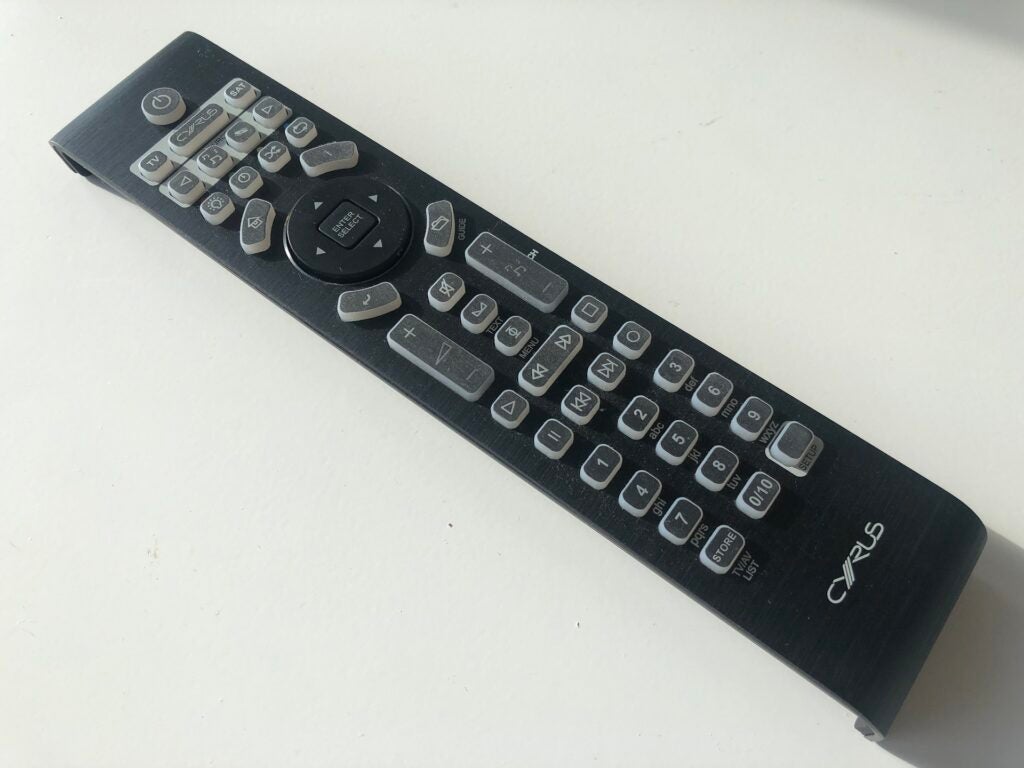
The i9-XR can be controlled using the new touch-sensitive buttons on the front panel, in conjunction with a ‘turn-and-push’ rotary dial to the left of the display. It’s also supplied with the iR14 full-system remote control. It’s a big, tactile and not especially intuitive handset that features quite a few mysterious symbols of Cyrus’ own design. Ultimately, though, it’s possible to get done what you want done.
Sound Quality
- Long-established Cyrus audio emphasis
- Speed, detail and dynamism to spare
- Precise and punchy
Obviously, there are plenty of input options – but while a moving-magnet phono stage is quite a distance (in technology terms) from an ultra-high resolution digital input, it doesn’t especially matter to the i9-XR the sort of music you listen to or from where it’s sourced. Its sonic signature doesn’t really change.
And it’s a sonic signature that was established long before the XR range was a thing. Cyrus has built its considerable reputation on an audio attitude of speed, manoeuverability, precision and a fundamentally upfront delivery of music – and the i9-XR does nothing to go against the grain.
No matter what you like to listen to, the Cyrus will take it by the scruff of the neck. During testing, the i9-XR amplifies a vinyl copy of Can’s Ege Bamyasi, a compact disc of Deacon by serpentwithfeet, and a 2.8MHz DSD file of Stevie Wonder’s Songs in the Key of Life and, to a lesser or greater extent, the results are the same.
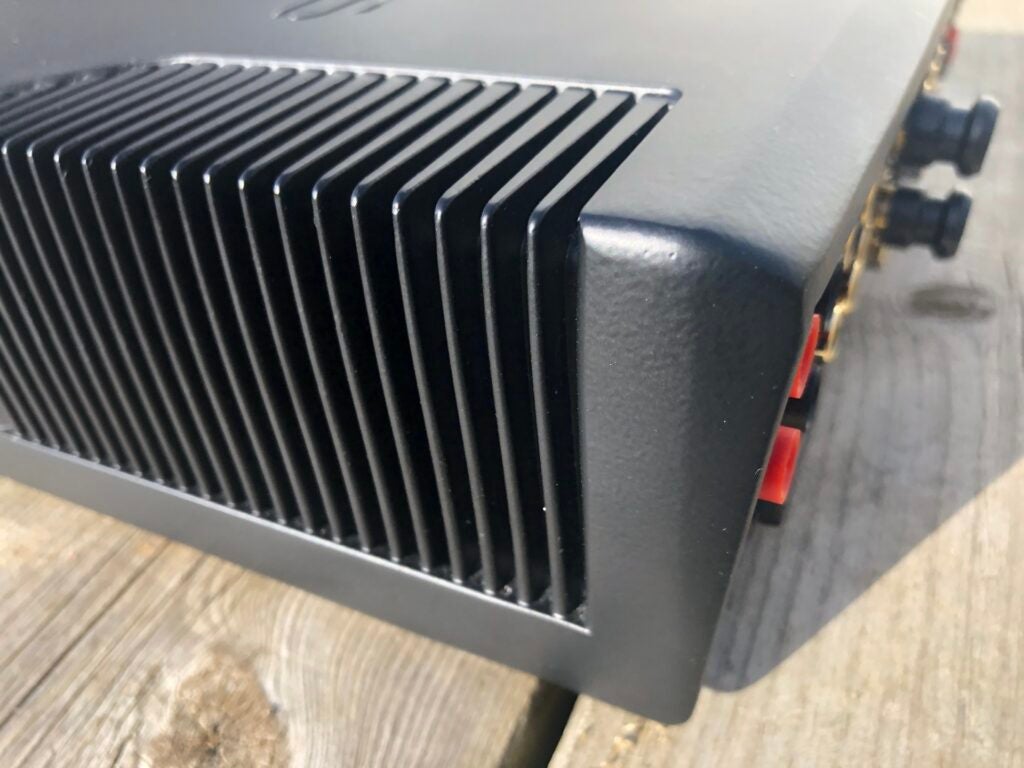
The top of the frequency range is described with speed, substance and an absolute stack of dynamic variation, while the mid-range is open and detailed enough to allow a singer to properly express themselves. The immediacy with which the Cyrus locates the fundamentals of tone and timbre in a vocal performance is (given the right singer) literally hair-raising.
At the bottom of the frequency range there’s extension and punch. But unlike virtually every alternative amplifier at this sort of money, the i9-XR draws such fanatically straight edges at the attack and decay of individual bass sounds, it’s possible to initially think it’s lacking a little weight and substance. Listen just a little longer, though, and it becomes apparent that the Cyrus has all the body a recording demands – but it carries such momentum, and is so martially controlled, it can almost sound fleeting.
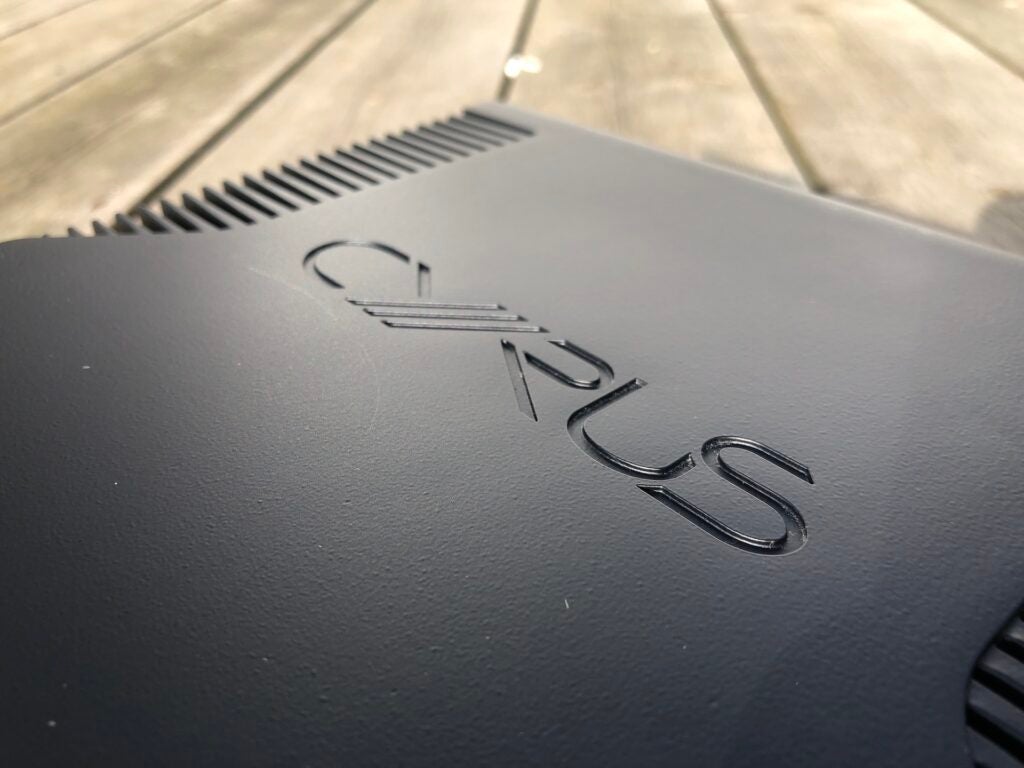
This alacrity helps rhythmic expression no end – the i9-XR is a snappy and surefooted listen where even the trickiest tempos or rhythmic patterns are concerned. And despite the ‘nothing special’ on-paper nature of its power output, the Cyrus has no problem dealing with even the heftiest dynamic shifts. But perhaps most enjoyable and most impressive of all is the i9-XR’s ability to give every single strand of even the most complex recordings due prominence and the required elbow-room, without sacrificing and sense of unity or integration as it does so.
The digital inputs can all have their characteristics altered slightly by the seven different filter options accessible via the front panel of the i9-XR. They’re worth investigating, certainly if you listen to a wide selection of genres of music from digital sources – but, in truth, the effects are mild. This is a Cyrus sound you’re paying for, after all, and it doesn’t do to let the end user stick their oar in too significantly.
Yes, there are shortcomings here – having ‘better ergonomics than before’ is a long way from ‘having good ergonomics’, for example – but none of them concern the way the Cyrus i9-XR sounds. If you’re fortunate enough to have this sort of money to spend on a nice new amplifier, don’t spend it until you’ve heard this one.
Latest deals
Should you buy it?
You want to be fully informed No detail is too fine or too fleeting to evade the Cyrus.
You’re not ready to spend big on speakers and sources The i9-XR demands partners that can keep up.
Final Thoughts
Purchasing decisions such as this aren’t to be rushed, but neither should they be based solely on aesthetics or ergonomics. The Cyrus i9-XR (arguably) may not look or feel like the money’s-worth, but my goodness it sounds it.
How we test
We test every amplifier we review thoroughly over an extended period of time. We use industry standard tests to compare features properly. We’ll always tell you what we find. We never, ever, accept money to review a product.
Find out more about how we test in our ethics policy.
Tested for a few weeks
Tested with a range of audio files
FAQs
Yes, the i9-XR’s phono input is compatible with turntables that are fitted with moving-magnet cartridges
Dual speaker connections are provided to enable bi-wiring with compatible speakers.

